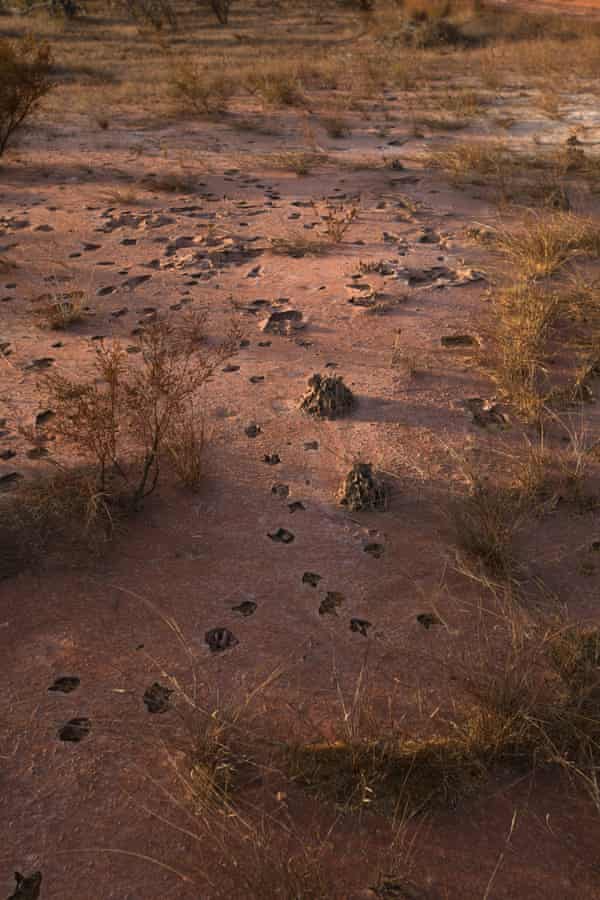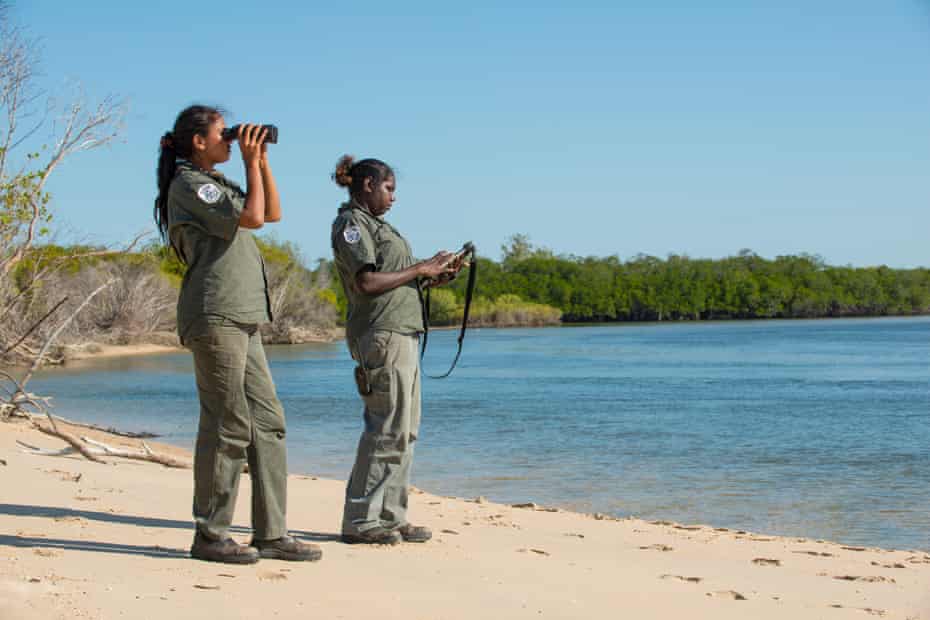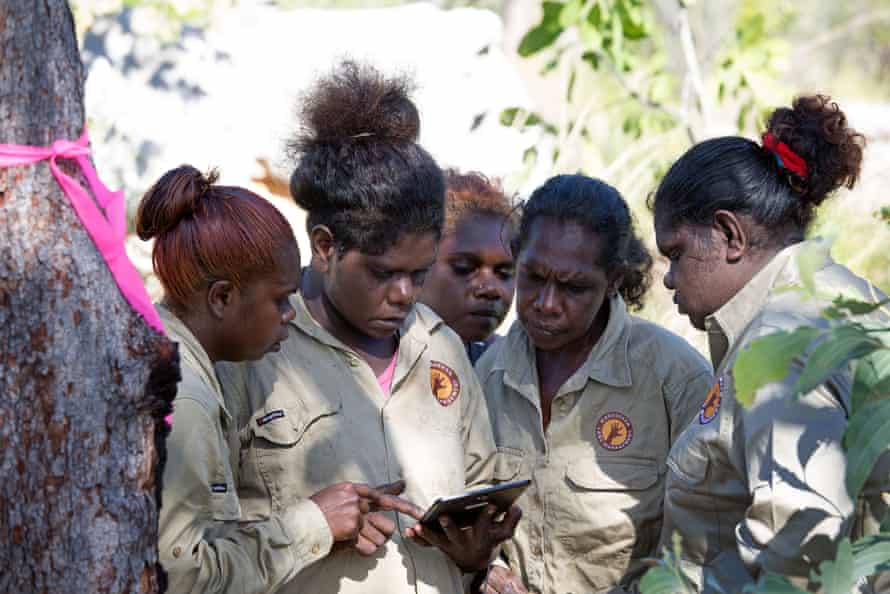With a seven-year investment from federal government, Aboriginal rangers can continue to employ, educate and empower their communities
Indigenous rangers on the frontline of managing some of Australia’s most culturally valuable and biodiverse lands and waters often say that “country needs people”.
“And people need country,” says Denis Rose, Gunditjmara traditional owner of the world heritage listed Budj Bim landscape in Victoria.
“I’m always telling our rangers they are our eyes and ears out on the ground. They are the ones who, day in day out, work out on country to identify problems, to point to where things are working, to look for better ways to do things.

“It’s no good having a world heritage area or an Indigenous protected area or a national heritage area that you can’t do the management of. You need to be able to actively look after country, actively promote those ideals of your culture.”
Ranger groups manage about 20% of Australia’s land and sea country. They protect native and endangered species, control feral animals and invasive weeds, reduce bushfires and manage significant cultural sites, from Kakadu to Lake Mungo.
Until now, they have been doing it on short-term funding from state and federal governments.

“When you have government policy that gives you funding over a three or four year period, they’re applying short-term solutions for long-term problems,” says Nyungar woman, Gail Reynolds-Adamson, chair of Esperance Tjaltjraak Corporation in Western Australia.
“Degradation of our country didn’t happen in an election cycle, it’s been happening for years and years. We needed to have long-term funding for us to rehabilitate country, to put the fish stocks back in the rivers, to ensure that country is healthy. Because we’re not only looking after country for our people but for us as a human race,” she says.
Despite the funding limitations, Indigenous ranger groups have been so successful they are in demand in other countries for their expertise.
They provide meaningful employment, allow for the transmission of cultural knowledge and bring financial and spiritual empowerment to hundreds of Aboriginal traditional owners and their families.
Now, in a boost to their long-term survival, the federal government has guaranteed $746m funding to more than 80 groups, for seven years.
Minister for Indigenous Australians, Ken Wyatt says the funds will support more than 1,900 “sustainable” Indigenous jobs and allow ranger groups to plan further ahead.
“The Indigenous rangers program recognises that country, culture and community are intrinsically connected and imperative to Aboriginal and Torres Strait Islander peoples’ overall wellbeing,” Ken Wyatt said.

“Ranger groups hold deep knowledge of their lands and the contribution of this traditional knowledge is leading to improvements in modern environmental science and current approaches to managing our landscapes.”
Gunditjmara traditional owner, Denis Rose has responsibility for one of the most significant landscapes, at Budj Bim in south-western Victoria. Unesco describes it as “one of the world’s most extensive and oldest aquaculture systems”.
Rose is also chair of Country Needs People, a non-profit that works with a network of more than 40 Aboriginal and Torres Strait Islander land and sea management organisations.
“I think the government needs to be congratulated. Seven-year funding is extremely welcome, it gives our staff, our rangers, certainty. We invest a lot of time and effort and resources into training and experience for our rangers, and to be able to retain them in the longer term is extremely important.

“They can go home tonight, and know that they are not under pressure in terms of family or financial commitments, to be looking elsewhere for work.”
Reynolds-Adamson says there’s pride in working on country that translates to economic and social wellbeing for entire communities.
“We’re born with that obligation as Aboriginal people, of caring for country, it’s that strong cultural identity. The health of our country is also intrinsically linked with the health of our people. There’s physical but also spiritual health, that when you removed from country, people aren’t well. So for us to be able to care for country, to get help the country healthy, it means that we can become healthy people.
“In the time that we’ve had the ranger funding we’ve affected the lives of about 50 Aboriginal people just in the last year. We’ve put around about $1.5m back into the local economy, and we’re building the wealth of Aboriginal people and that wealth gives people the ability to plan for the future and to have the same choices as non Aboriginal people.”

Esperance Tjaltjraak has a 50% cohort of women on their board and a 50% cohort of females on their ranger programme.
“It’s everyone’s role to care for country, women included,” says Reynolds-Adamson.
Wyatt says Indigenous organisations were involved in the design and implementation of the seven-year grants process, which included 42 workshops over five months.
Executive director of Country Needs People, Patrick O’Leary says “it’s great that Ken Wyatt has worked with the sector in making that happen” and there is still more to do.
“We’ll be asking all sides of politics to step up their commitments to grow ranger jobs, create more openings for young people, women, there is so much work to do. But you need strong foundations to grow from, and extending these existing contracts is a really positive step.”